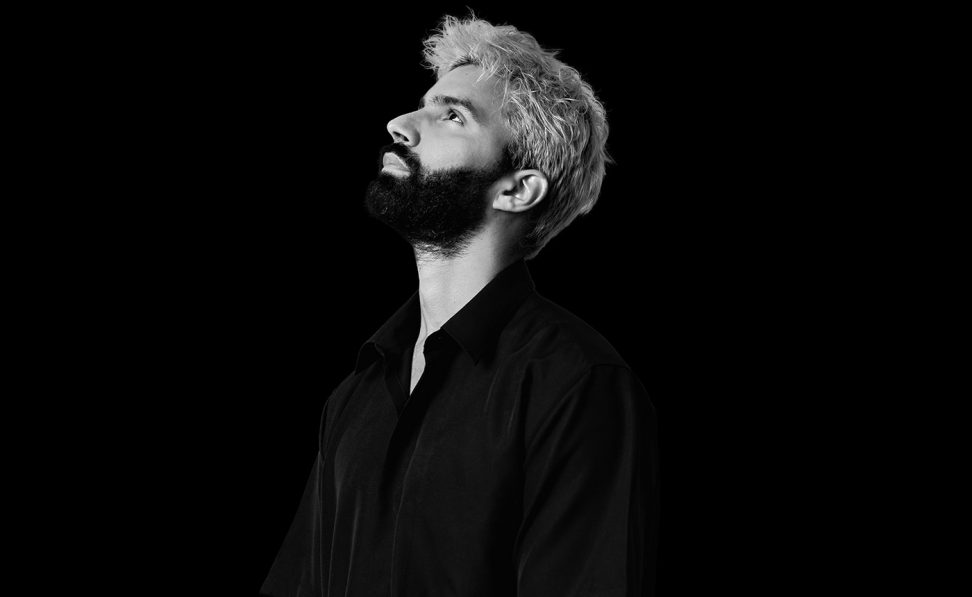
Electronic Dance Music (EDM) has become a global phenomenon over the last few decades, expanding beyond the club scene to influence mainstream music genres, including pop, hip-hop, and R&B. While EDM’s pulsating beats and high-energy tracks initially found favor on the dance floor, its influence has seeped into popular music, reshaping production techniques, sound design, and composition across genres. This cross-pollination of EDM into mainstream music has redefined the sonic landscape, creating new genres and reshaping how songs are produced and experienced. The integration of EDM’s techniques has resulted in some of the most memorable pop anthems and iconic sounds of recent times, cementing EDM’s place not only in music history but in the production toolkit of music creators worldwide.
The Rise of EDM in the Global Music Scene
EDM’s origins date back to the late 20th century, when electronic music first began to take shape in underground clubs and rave scenes. With roots in genres such as house, techno, and trance, EDM evolved from these niche communities into a fully-fledged music movement in the early 2000s. Producers like Daft Punk, Tiësto, and The Chemical Brothers paved the way for EDM’s global appeal, while festivals such as Tomorrowland and Ultra Music Festival elevated the genre to mainstream visibility. By the 2010s, EDM had entered the global stage with a force that no one could ignore, merging with pop and other genres to create chart-topping hits. The powerful beats, infectious hooks, and innovative sound design that define EDM quickly became influential beyond the dance floor, sparking a revolution in how music is produced across genres.
The explosion of EDM coincided with advancements in digital audio workstations (DAWs), software synths, and sampling technology, which provided producers with unprecedented creative freedom. Unlike traditional forms of music production, which often relied on live instrumentals and vocal recording, EDM was created entirely digitally, allowing artists to manipulate sounds in unique ways. This digital-first approach not only democratized music production but also enabled the creation of previously unheard-of sounds, rhythms, and textures. As a result, pop and other genres began to embrace EDM’s electronic, production-centered style, transforming the music industry and blurring genre lines.
EDM’s Impact on Pop: Creating Anthemic Hooks and Drops
One of EDM’s most noticeable influences on pop music is its focus on creating powerful, memorable hooks and explosive drops. Traditional pop structures often rely on verse-chorus arrangements, with the chorus serving as the emotional climax of the song. However, EDM introduced a new structure where the drop—a moment of intense beat and bass-driven release—serves as the song’s climax. This approach to song structure, where energy builds towards a highly anticipated drop, has since become a staple in modern pop music, amplifying emotional impact and creating unforgettable moments for listeners.
Artists like Calvin Harris, David Guetta, and Swedish House Mafia pioneered this integration of drops into pop, collaborating with mainstream pop vocalists to create cross-genre hits. By combining EDM’s buildup-and-drop structure with pop’s catchy melodies, they created songs that resonated with a global audience. For instance, Harris’s “We Found Love” with Rihanna and Guetta’s “Titanium” with Sia exemplify the impact of EDM production on pop, as both songs feature builds and drops that create a cathartic, euphoric experience. These tracks embody the potent combination of pop’s melodic sensibilities with EDM’s energy-driven structure, setting a new standard for pop songs that continues to inspire artists today.
Moreover, the anthemic quality of EDM has heavily influenced the tone of pop songs, giving them a larger-than-life quality that resonates with audiences. EDM’s tendency to layer sound elements—such as synths, basslines, and drums—creates a “wall of sound” effect that fills the listener’s auditory space. This effect has been adopted by pop producers to give songs a more immersive and impactful feel. The resulting sound is not only rich and full but also capable of delivering an emotional intensity that feels both personal and universal, a quality that has driven the success of many pop anthems in recent years.
Sound Design: Synths, Sampling, and Unique Soundscapes
Another critical aspect of EDM’s influence on other genres lies in its approach to sound design. EDM producers are known for their mastery of synthesizers, sound modulation, and sampling techniques, creating sounds that are distinctly electronic yet highly expressive. This innovative use of sound design has left a significant mark on pop, hip-hop, and even rock music, leading to the integration of electronic elements that redefine genre boundaries. By incorporating synthetic sounds and samples, producers can shape sonic textures that are more layered and complex than those achieved with traditional instrumentation.
Synthesizers, for instance, have become a staple in modern music production thanks to EDM. The flexibility of synths allows producers to create everything from powerful basslines to ethereal melodies. In pop music, artists like The Weeknd have incorporated synth-heavy soundscapes into their music, drawing inspiration from the futuristic, atmospheric sounds of EDM. Songs like “Blinding Lights” are heavily influenced by synthwave and EDM aesthetics, showcasing how synthetic soundscapes can evoke both nostalgia and modernity. The versatility of synths enables artists to experiment with mood, atmosphere, and rhythm in ways that were previously limited by traditional instruments.
Sampling, a technique widely used in hip-hop, has also evolved under EDM’s influence. While sampling typically involves repurposing existing music, EDM producers have pushed the boundaries of sampling by manipulating sounds to create entirely new textures. This manipulation and reimagining of sounds have allowed pop and hip-hop producers to approach sampling with a fresh perspective, incorporating unexpected sounds and creating unique auditory experiences. The influence of EDM’s sampling techniques is evident in tracks like Drake’s “Hotline Bling,” where unconventional samples and synths create a distinctive beat that bridges hip-hop with EDM-inspired production.
Rhythm and Bass: Reinventing the Groove in Hip-Hop and R&B
EDM’s heavy reliance on bass and rhythmic patterns has reshaped the sound of genres like hip-hop and R&B, introducing deeper basslines, complex rhythms, and electronic textures that give songs a more dynamic feel. Hip-hop, for instance, has adopted EDM’s bass-heavy production, resulting in beats that are more rhythmically intricate and bass-driven. This fusion of EDM’s rhythmic techniques with hip-hop’s lyrical focus has led to a new era of genre-blending, where beats are both lyrically compatible and suitable for club settings.
The genre of trap, which initially originated from Southern hip-hop, has become a major crossover point between EDM and hip-hop. EDM producers have taken trap’s bass-heavy sound and added electronic elements, creating “trap EDM,” a subgenre characterized by booming bass, high hats, and powerful drops. Artists like Diplo and RL Grime have popularized this fusion, bringing the energy of EDM to trap music and pushing it into mainstream consciousness. As a result, trap music has evolved from its hip-hop roots to become a dominant force in both EDM and mainstream pop, influencing artists across genres.
R&B has also felt the influence of EDM’s rhythmic sensibilities, with many modern R&B tracks incorporating electronic beats and layered rhythms. Artists like The Weeknd, Beyoncé, and Frank Ocean have experimented with electronic beats in their music, adding a contemporary edge to the genre. This fusion has allowed R&B to stay relevant in a constantly evolving musical landscape, appealing to fans of both traditional R&B and electronic music. By adopting EDM’s approach to rhythm and bass, R&B has gained a more versatile sound that resonates with diverse audiences.
Genre-Blending and the Future of Music Production
The blending of EDM techniques with other genres has paved the way for new sounds and subgenres, pushing music into uncharted territories. The fusion of EDM with pop, hip-hop, rock, and R&B has created hybrid genres that appeal to a wide range of listeners, blurring the lines between once-distinct categories. This genre-blending is not only a testament to EDM’s influence but also a reflection of how music is evolving in response to digital technology and globalized culture.
Genres like synth-pop, trap EDM, and future bass exemplify this fusion, showing that modern music is no longer confined by traditional boundaries. As producers continue to draw from EDM’s production techniques, the possibilities for musical innovation are virtually limitless. This cross-genre experimentation has resulted in some of the most compelling music of the 21st century, where creativity and technology converge to push artistic boundaries.
In the future, EDM’s influence on music production is likely to grow as technology continues to advance. Virtual instruments, AI-driven composition tools, and immersive audio formats like Dolby Atmos are opening new doors for producers, allowing for even more innovative uses of sound. As the lines between genres continue to blur, EDM’s legacy will endure as a foundational force in shaping the sound of contemporary music, inspiring artists across genres to embrace the possibilities of digital production.

